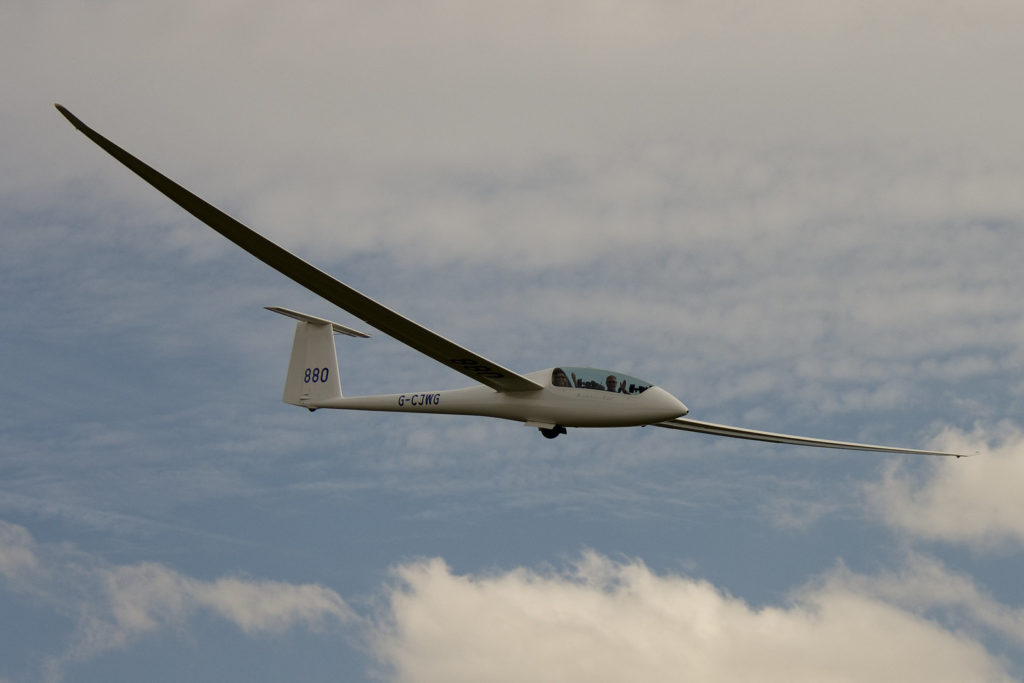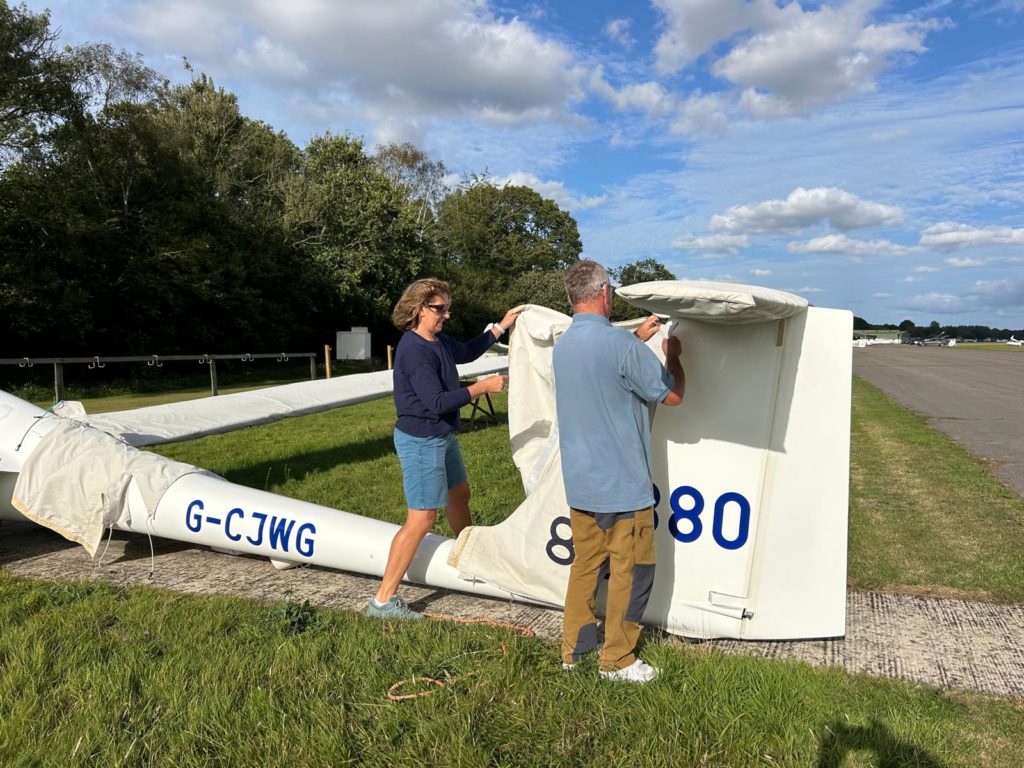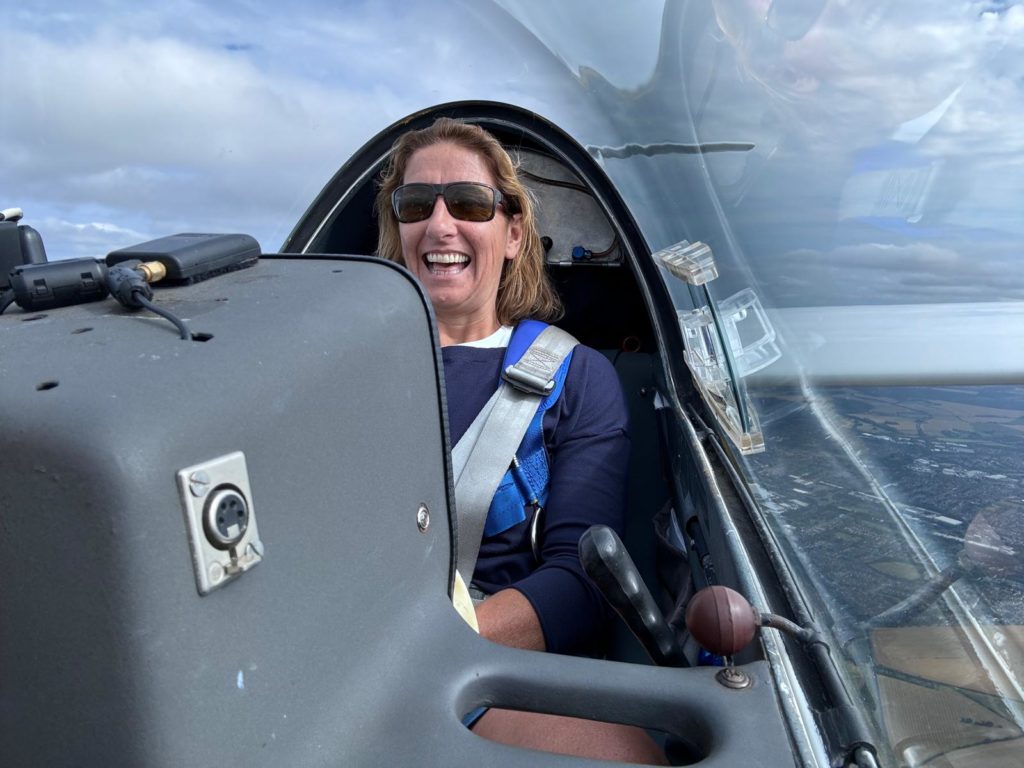
Who like me was hooked on watching the Louis Vuitton Preliminary series for the America’s Cup? I wanted to see how the AC 75 race yachts were looking and if the design race had the teams close in performance. Then, the ultimate question, to see if foiling 75ft incredible machines could match race in the shifty breeze and sea state off Barcelona. It was a perfect way to see if the America’s Cup was going to be exciting and, I am delighted to say, yes it will. The Louis Vuitton Round Robin racing to find the challenger and then the final match race is all about the team that can continue to progress, getting better and faster each day they are racing on the water. I think we will be in for a treat and let’s not forget we will also have the Women’s and Youth America’s Cup to follow too, in matched AC40’s
We are becoming accustomed to cutting edge technology in sailing where the boats are foiling above the water, and we look at the aerodynamic package as much as we look at the hydrodynamics in the design process. We follow the racing in Sail GP and the America’s Cup and look at how they play the wind shifts at speeds of 50 knots and discuss ride height on the foils and how hard the flight controller must work when in waves and inconsistent wind conditions. Sailing is becoming more multi directional from short course stadium racing right through to the foiling Ultime Multihull Race Yachts that are looking to sail around the world.
Looking at wind and drag and generating forward propulsion as lift is what I have been doing at sea for many years now as I have raced a variety of yachts in many conditions, from the darkest depths of the storm bound Southern Ocean to the frustrations of the becalmed doldrums. However, taking these experiences and transferring them to the skies was going to be a whole new ball game for my latest challenge. I was invited to join Barrie Elliot at Lasham Gliding Centre for a flight in a Nimbus two-seater glider. Although this would be a completely new experience for me, I am always up for trying something new and was keen to see what gliding had to offer.
My first reaction was just how small our cockpit was in contrast to the sheer expanse of the wings. They were beautiful, long elegant and so thin. My first direct comparison with sailing was on the cockpit canopy. There, lying along the midline, were two lengths of string. In my language they would be called tell tales and indicate wind flow on a sail. Here they were called yaw string, indicating the rudder to use to stop skidding.
Initially Barrie took me through the instruments in the cockpit and the safety procedures. My ‘lifejacket ‘in this instance was a parachute with a manual deployment. Once briefed and fitted, we had a final check of the map together ahead of take-off. The map covered airspace and restricted areas and would be the equivalent of a sailors’ navigation chart.

As an unpowered aircraft, the glider uses thermals, ridge lift and wave lift to stay aloft, relying on a tow by a powered craft to get airborne. Take off was a little noisy and bumpy as we crossed the grass, but as soon as we were away and landing gear stowed, serenity reigned. When we reached 1500ft, the tow was released and we went to find our first thermal lift. My expectation that the cockpit would be noisy, allowing only restricted movement and that communication with the pilot would be via a headset only was quite different from the reality. There were plenty of opportunities to look around and enjoy the view while we chatted easily. Our job now, was to keep an eye out for other gliders and then look at the clouds to pick where the lift would come from.
Reading the clouds and the landscape to understand where the invisible wind would assist our ability to rise and soar for longer is the dark art of gliding. I am used to having the water surface show me the gusts and lulls as we look for the patches on the water when we are sailing. Here we are looking at what landform would offer heat; what cloud shapes and colours would offer a lift and then there is the decision between whether a right or left turn is required to generate some lift.
With all this information being invisible, there are instruments to show height and if you are ascending or descending. However, it is the incessant beeping that provides the audible signal to your gain or loss in altimetry, that is dominant. I soon realised that, along with a type of radar that beeps when another glider is nearby, my heart rate was matching the beeps. When I was offered control of the glider, my stress levels increased along with the beeps! When another glider was spotted there was a sharp spike to my senses. There was a great deal to take in but I soon learnt that the high beeps were indication of a climb and the low beeps were not so good. I became used to the noises but remained in heightened response mode because if things go wrong up in the skies you fall out of them whereas at sea you just get wet. I guess it is just what you get used to!
Flying in a straight line was all about nose height affecting speed and keeping a straight course. The irony was not lost on me that I was being coached about driving in a straight line while I was weaving in anything but a straight line. I am well aware that I have had the same conversations with novice sailors about driving in a straight line, picking something on the horizon and the environment we are moving in, yet here I was making the same mistakes.
Although a very different environment, my sailing knowledge helped my comprehension of the gliding process. It’s an environment where pilots must develop a strong sense of anticipation and foresight as decisions must be made well in advance to ensure a safe and efficient flight path. Similarly, the challenge in sailing often comes from the unpredictability of water and weather conditions and the need for constant adjustment and vigilance. In both scenarios you are considering the ‘what if’s’ and planning for the unexpected.
During my 2-hour flight, we soared at 4000ft and I had the chance to gain 2000ft in a couple of thermals from some good clouds. Taking control of the banking as you rotate and ride the thermal pressure to generate some lift is quite disorientating. I could acknowledge some recognisable structures from below, but as I was having to concentrate on the control of the banking as we rotated to gain height, I quickly lost track of where we were pointing as we turned. No doubt something that takes a bit of practise.

Coming into land was a bumpy experience as we travelled across grass and not a tarmac runway, but it all seemed to be very calm and the coordinated use of flaps and airbrakes soon have the speed dropping, with only the landing gear creating noise once more.
The experiences of gliding and sailing are both serene and exhilarating, offering a unique blend of tranquillity and adrenaline. Gliding provides an unparalleled sense of freedom as the pilot soars silently through the sky, often at great heights. The lack of an engine means that the experience is peaceful, with only the sound of wind rushing past. The vistas from a glider are unmatched, offering a bird’s-eye view of the landscape below. The thrill comes from mastering the invisible currents of air and the challenge of staying aloft for as long as possible. When I am sailing, it is more tactile, with me being able to feel the resistance of water against the hull and the pull of the wind in the sails, unless I am lucky enough to be foiling. The sensation of cutting through waves and harnessing the power of the wind is both invigorating and calming. The connection to the water is immediate and physical, with the sailor’s actions directly influencing the boat’s movement.
While gliding and sailing take place in the two different elements of sky and water—they share a fundamental connection to nature and a reliance on environmental forces for movement. Both sports offer unique challenges and rewards, requiring a blend of technical skill, environmental awareness, and a deep appreciation for the natural world.
The question is would I do it again? Well, I have already been asking about racing gliders and perhaps that Is something for me to try my hand at next.